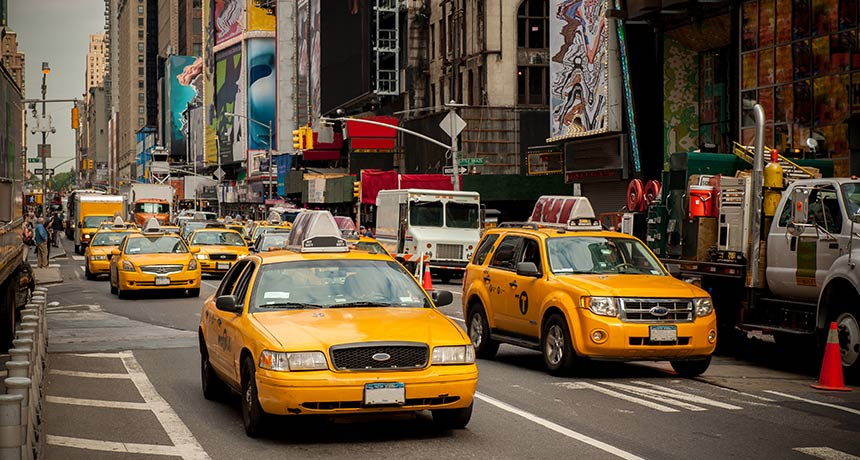Fleets of self-driving taxis could be choreographed to cut traffic
An algorithm analyzes traffic patterns and ride requests to dispatch cars

OPTIMAL ORGANIZATION A new computer program that devises the most efficient way to dispatch self-driving cars could help reduce city traffic.
Mikayel Bartikyan/Shutterstock





